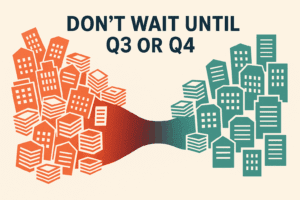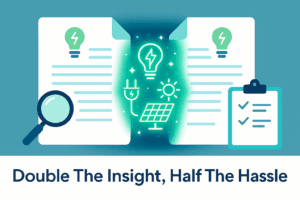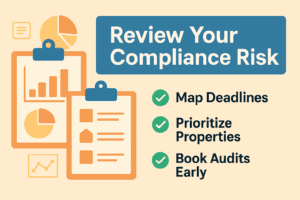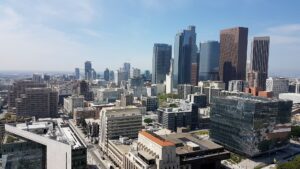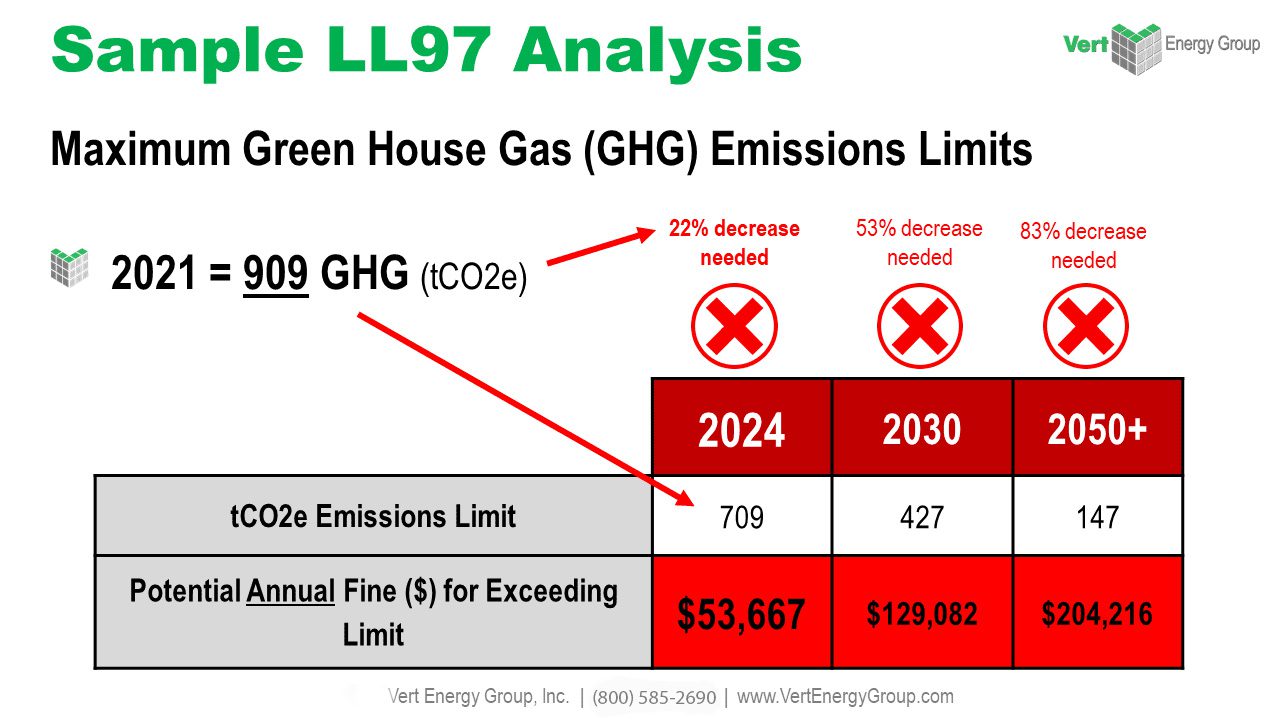If you own or manage a large building in San Jose, there are new energy compliance laws coming (and big fines if you miss it). The San Jose benchmarking ordinance for 2026 requires building owners to report their energy use by a specific deadline.
Miss the deadline? You could be charged $500 or more per violation.
In this article, we’ll show you:
Avoid $500 fines, get your San Jose report filed correctly.
What Is the San Jose Benchmarking Ordinance 2026?

San Jose now requires large buildings to report their energy use, or risk facing serious fines. This is called benchmarking, and it’s meant to reduce energy waste and improve building performance across the city.
Starting in 2026, buildings that meet certain size rules must file an ENERGY STAR report using a tool called Portfolio Manager. This energy report must be submitted to the city by the required deadline.
If you fail to file on time, or your data is wrong, you can face a $500 fine per violation. And if you continue to delay, fines can keep piling up.
Who Needs to Comply?
If your building is large enough, chances are you’re on the compliance list.
Here’s who must comply with San Jose’s 2026 energy report deadline:
- Commercial buildings that are 20,000 square feet or larger
- Multifamily residential properties with 17 or more units
- Any public buildings that meet these same size guidelines
If your building matches any of the above, you must submit a report covering all of your 2025 energy data.
When Is the 2026 Deadline?
The city of San Jose has not yet announced the exact due date for 2026, but based on past years, it will likely fall in late spring or early summer.
Why You Should File Early
Property owners who file early find they decrease their risk of fines, delays, and costly errors.
Here’s why filing early matters:
- Avoid $500 fines: The city has no tolerance for late submissions.
- Fix mistakes: Early filing gives time to spot and correct errors.
- Get support: You’ll have more time to ask for help if something goes wrong.
- Save money: Avoid last-minute rush fees from service providers.
Even if you’ve filed before, new rules or system updates may cause confusion, early filing lets you adapt safely.
How to Comply with San Jose’s Benchmark Rules
Worried about filing wrong? Follow these steps to stay on track and fine free. Filing your energy report can sound hard, but the process is clear if you follow the right steps.
To file correctly under San Jose’s benchmarking ordinance:
- Set up an ENERGY STAR Portfolio Manager account (or log into your existing one)
- Add your building’s full details—make sure the square footage is correct
- Link utility data from your energy providers, like PG&E
- Enter all 2025 energy use data into the system
- Check for data errors, like missing months or mismatched meter info
- Submit the report to San Jose’s energy compliance portal
That’s how to comply with San Jose’s benchmark rules safely.
Common Mistakes That Could Cost You
One small error can trigger a $500 fine, here’s how to avoid them. It’s easy to make small errors when rushing to file. These errors can trigger penalties even if your report is “on time.”
Avoid these common filing mistakes:
- Wrong building size or type listed
- Missing utility accounts or energy types
- Not including all months of 2025 data
- Using incorrect units or formatting
- Failing to link the building with the city’s reporting system
San Jose’s energy report system will reject or flag your submission if any of these apply. Fixing mistakes can take days or even weeks (or longer if it happens during deadline season).
Your San Jose ENERGY STAR Submission Guide
Don’t guess your way through compliance, use this step-by-step checklist instead. Use this checklist to make sure your ENERGY STAR submission meets all 2026 rules.
| Check | Step | What to Do |
| Portfolio Manager | Set up or log in to your account | |
| Add Building Info | Include square footage, usage type, and location | |
| Utility Connection | Link to PG&E or your local energy provider | |
| Enter 2025 Data | Ensure full year coverage with no gaps | |
| Error Check | Fix alerts, errors, or data mismatches | |
| Submit Report | Upload to San Jose’s compliance portal by the deadline |
This San Jose ENERGY STAR tips and submission guide is key to avoiding problems and meeting the deadline.
How to Automate Your Benchmark Filing
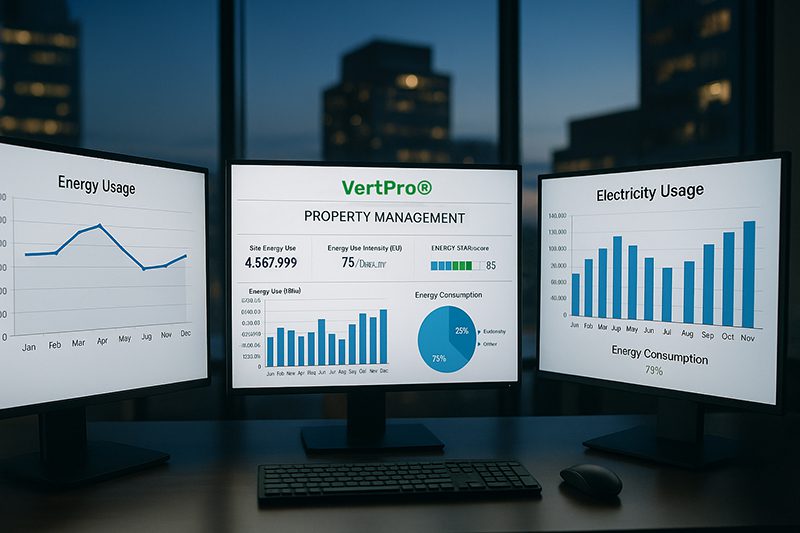
Want to skip the stress of tracking deadlines and data? Let automation handle it. Worried about forgetting or messing up the submission? You don’t have to go it alone.
We developed compliance automation property owners like you use to get compliant, in minutes, from their phone.
Here’s how our compliance automation can help:
- Automatic data syncing with utility accounts
- Error alerts before submission
- Ongoing tracking of energy performance
- Filing confirmation once submitted
If you manage multiple buildings or just want peace of mind, ask us how to automate your benchmark filing.
What Happens If You Don’t File?
Missing the deadline doesn’t just mean a fine, it could hurt your wallet and reputation. Failing to meet the San Jose energy benchmark filing deadline comes with real costs:
- $500 per violation (each year you miss or submit incorrectly)
- Possible repeat fines if you continue to ignore the rule
- Loss of city incentives or future funding
- Reputation damage for non-compliant properties
The city can also post public lists of properties that failed to meet compliance, damaging your image with investors, partners, and tenants.
Summary: File Smart, File Early, Avoid Fines
Complying with San Jose’s 2026 energy benchmark filing rule doesn’t have to be hard, but ignoring it will be expensive.
Here’s what you need to remember:
- Know if your building qualifies (commercial, residential, or public)
- Get your data into Portfolio Manager early
- Avoid common filing errors
- Use automation tools to reduce stress
- Submit before the deadline to avoid $500 fines
2026 deadlines are approaching, start now to avoid $500 fines and get your San Jose report filed correctly. We can automate your benchmark filing. Click the link below to get your benchmark started in under 2-minutes.
